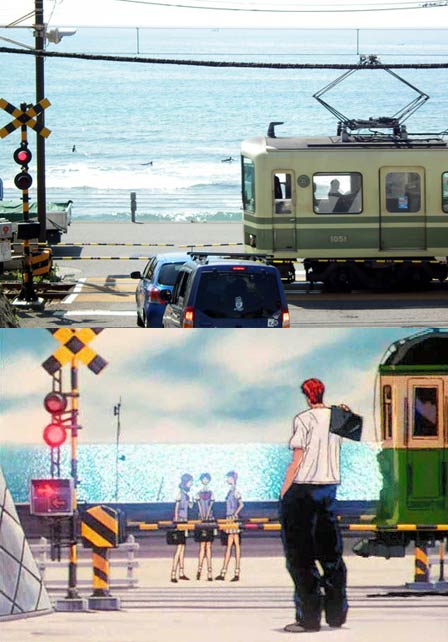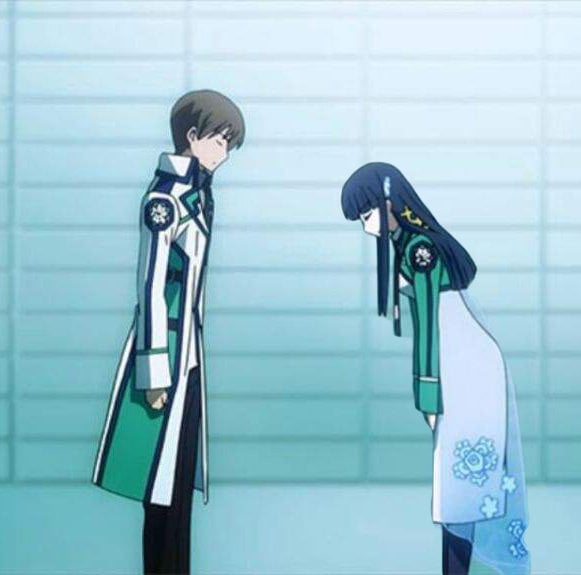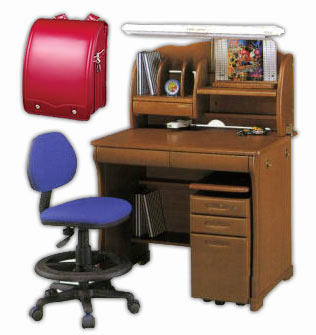I’ve often gotten the impression that Japan has a reputation for not matching the standards set by the U.S. and Europe when it comes to helping its handicapped enjoy more normal lives, perhaps due to the many places that can only be accessed by climbing stairs in Japanese cities. While more could certainly be done to make the country “barrier free” (a made-in-Japan English word that describes environments that can be used without limitation by elderly or handicapped), overall it’s been my experience that Japan works quite hard for its citizens with physical challenges. There are many concrete examples, such as daily broadcasts of news programs for the deaf on NHK and Japanese schools extending that “one big happy in-group” mind-set to the special-needs classes in public schools, allowing kids with, say, Down Syndrome to participate in the annual Sports Day events along with everyone else. There are 350,000 legally blind individuals living in Japan, and they can get around town with the use of crosswalks which play different songs depending on the direction so people know which way to cross — one of the songs is “When a Body Meet a Body Coming Through the Rye” by the way. Guide dogs that help the blind get around are also quite common. As an interesting aside, Japanese guide dogs are trained to follow commands in English rather than in Japanese, for example “right side!” or “wait!” rather than Japanese versions of these commands. This is because there’s quite a lot of difference between the way men and women speak in Japanese, with men tending to use the rougher command form of a word like “sit!” (suware! soo-wah-reh) while women would use the softer-sounding request form of the same verb (suwatte! su-wa-tte), potentially confusing the animal. It’s an interesting example of Japan’s language being too multi-layered and nuance-filled for its own good.















